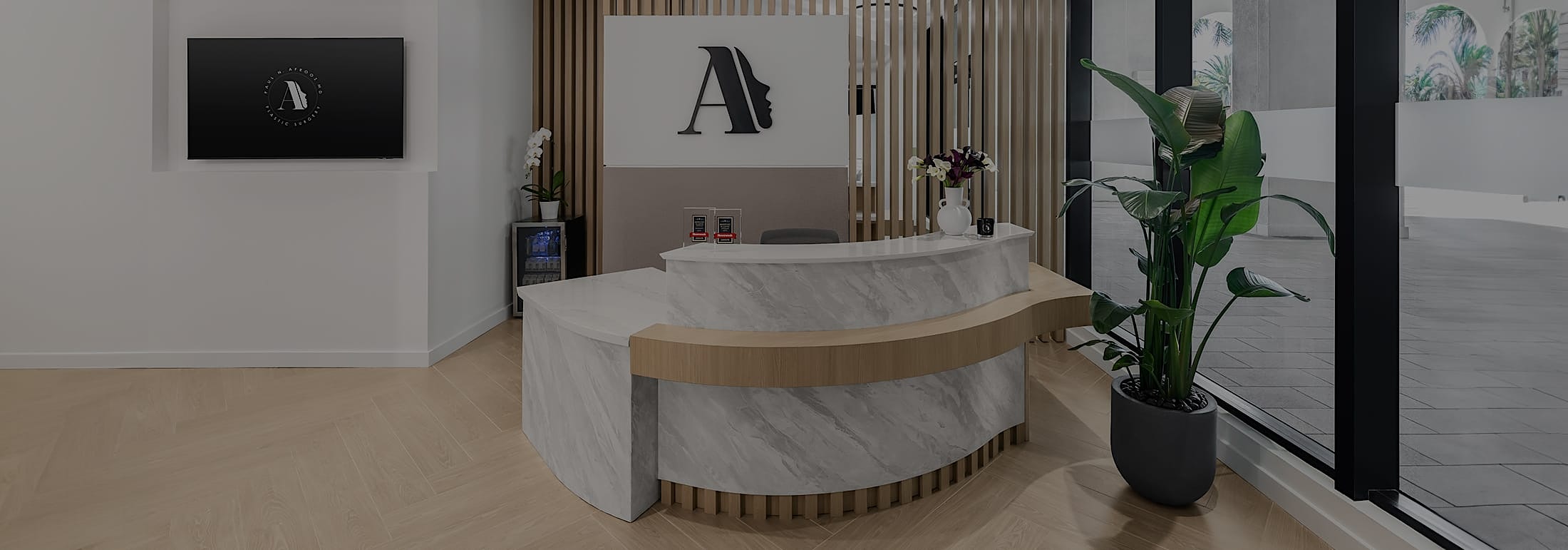How do you know whether facial implants or fillers are the solution for achieving the look you’re after? Ultimately, an in-office consultation with a board-certified plastic surgeon will help determine this answer. But patient education is key. The following guidelines can help you decide whether implants or fillers are the way to go.
What are Facial Implants?
Facial implants are made of synthetic material such as silicone or polythene. Facial implants are commonly used to enhance facial features by making the cheeks look larger or fuller, accentuating the chin or jawline and adding fullness under the eyes to achieve a more youthful look. Implants can also be used for reconstructive purposes following a traumatic injury, accident, cancer removal, etc.
Unlike breast implants which degrade over time and require replacement at 10 or 20 years, synthetic facial implants are designed to be a more permanent solution so you can enjoy the results for the rest of your life.
What is the Procedure Like?
Implant placement is an invasive procedure and therefore is done using general anesthesia, intravenous sedation or local anesthesia. Recovery time can vary from several days to a couple of weeks depending on the amount of work done. Swelling, redness, and some bruising are perfectly normal and will subside within 1-2 weeks, though it can take a few months for your tissues and new implants to fully settle.
What are Dermal Fillers?
Dermal fillers are a minimally invasive solution to plump up wrinkles, smooth lines and restore volume that is lost with aging or as a result of illness. People choose to get filler to enhance their facial features or gain a more youthful appearance.
The most frequently used injectable fillers are the hyaluronic acid-based dermal fillers with brand names such as Juvederm and Restylane. Hyaluronic acid is a naturally occurring sugar molecule that is a key component of the structural matrix that holds all the cells in your skin together. These are injected just under the skin and don’t require anesthesia. Following your appointment you can walk out of the office and resume your day with no recovery time needed.
How Long Do Fillers Last?
Like implants, dermal fillers can be used to plump your cheeks or lips and enhance your chin/jawline all without invasive surgery. However, unlike implants, the effects are temporary. Fillers used to reduce fine lines and smooth wrinkles are thinner and typically last 6 - 12 months. Deeper injections can last up to a year and some newer dermal fillers such as Sculptra or Bellafull can last up to two years. The type of filler to use to best meet your goals will be determined during your consultation with Dr. Afrooz.
Making the Choice That’s Right for You
There are many positive aspects to both facial implants and dermal fillers. Both methods can help you achieve the aesthetic you’re aiming for. Determining which approach is best for you personally is the result of a thorough consultation with facial plastic surgeon, Dr. Afrooz, who has just been nominated by his peers and satisfied patients as one of Newsweek TOP plastic surgeons in the country.
During your consultation, the look you’re going for, your lifestyle and the permanence of the procedure are all key elements taken into account. Dr. Afrooz will use his expertise to help educate you on the right choice for your needs. Book your consultation with Dr. Afrooz now and together you can determine the right option for you.


